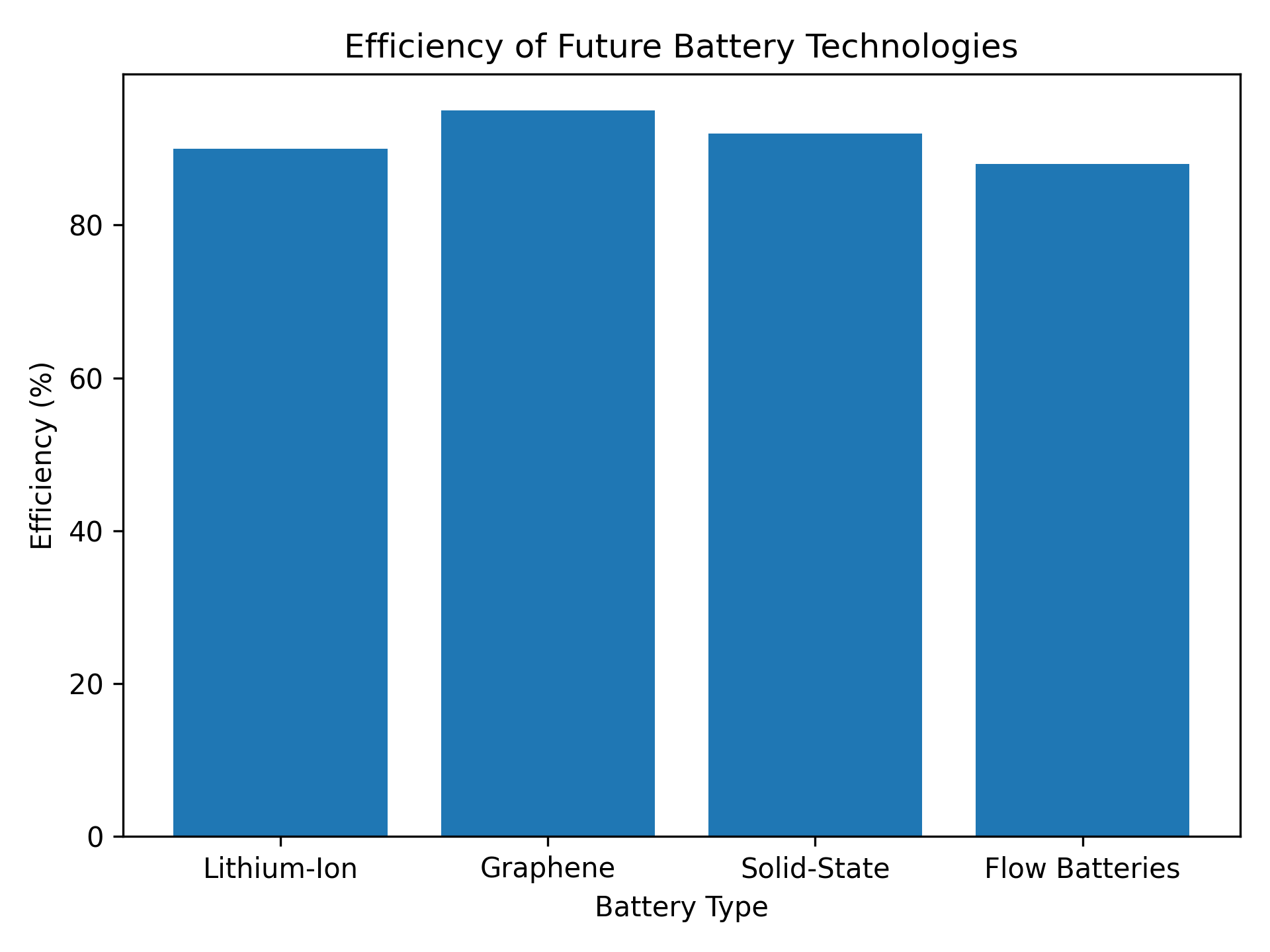The Environmental Impact of Solar Panel Disposal
Intro
As the world turns towards renewable energy sources, solar panels have emerged as a key player in the transition towards a more sustainable future. These sleek devices soak up the sun's energy and convert it into electricity, reducing our reliance on fossil fuels and cutting down on harmful greenhouse gas emissions. However, the bright side of solar energy comes with its own set of challenges, particularly when it comes to the end of a solar panel's lifecycle. In this article, we'll delve into the environmental impact of solar panel disposal, exploring the complexities of recycling, waste management, and sustainable solutions.
The Green Facade of Solar Panels
Solar panels are hailed for their ability to produce clean energy, but it's important to remember that they aren't entirely without environmental consequences:
Energy-Intensive Manufacturing: The production of solar panels involves energy-intensive processes, including mining, refining, and the manufacturing of raw materials like silicon. While solar panels offset these initial emissions over their lifespan, the overall environmental footprint should be considered.
Limited Lifespan: Solar panels have an average lifespan of around 25 to 30 years. As they age, their efficiency gradually decreases, leading to a decline in energy production. This prompts the need for replacements and raises questions about disposal practices.
Solar Panel Disposal: A Rising Concern
As the solar energy industry continues to grow, so does the concern over how to properly dispose of aging and malfunctioning solar panels. The disposal process brings several environmental challenges to the forefront:
Hazardous Waste: Solar panels contain hazardous materials like lead, cadmium, and other toxic substances. If not managed properly, these materials can leak into the environment, posing risks to soil, water, and wildlife.
Landfill Overflow: Improper disposal can lead to an increase in electronic waste in landfills, exacerbating the already significant global e-waste problem. This undermines the very principles of sustainability that solar energy seeks to uphold.
Shedding Light on Solutions
The environmental challenges of solar panel disposal call for innovative solutions that align with the principles of the circular economy:
Recycling: One promising avenue is the development of efficient recycling processes. Recovering valuable materials from discarded solar panels not only reduces the demand for new resource extraction but also minimizes waste and environmental harm.
Extended Producer Responsibility (EPR): Governments and manufacturers can collaborate to implement EPR programs, where producers are held accountable for the end-of-life disposal of their products. This incentivizes manufacturers to design panels with recycling in mind.
Research and Development: Investing in research and development is crucial to finding new materials that are less harmful and more easily recyclable. By designing panels with circularity in mind, the environmental impact can be mitigated.
A Brighter Future Ahead
The environmental impact of solar panel disposal is a challenge that demands proactive solutions. As we continue to harness the sun's energy to power our lives, we must also take responsibility for the entire lifecycle of solar panels. By embracing recycling, advocating for sustainable practices, and encouraging innovative technologies, we can ensure that solar energy remains a true force for positive change.
Frequently Asked Questions (FAQ)
-
While solar panels significantly reduce carbon emissions during their operational life, improper disposal can have environmental consequences due to the presence of certain materials.
-
Ideally, solar panels should be recycled to extract valuable materials like silicon, metals, and glass. However, if not handled correctly, they can end up in landfills, leading to environmental concerns.
-
Solar panel production does have a carbon footprint, primarily due to the energy-intensive processes involved. However, over their lifespan, panels offset much more carbon by generating clean energy.
-
In landfills, solar panels can break down, releasing harmful chemicals like cadmium or lead. These chemicals can leach into the ground, potentially contaminating soil and water sources.
Conclusion
In a world that's striving for sustainability, the journey towards a greener future extends beyond energy production. It encompasses every aspect of our technological advancements, challenging us to consider the environmental impact of our innovations. By shedding light on the challenges of solar panel disposal, we take another step towards a more holistic approach to saving our planet.





